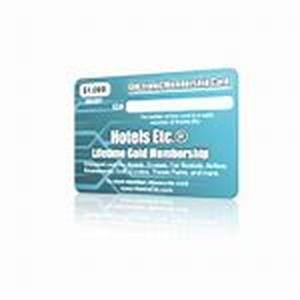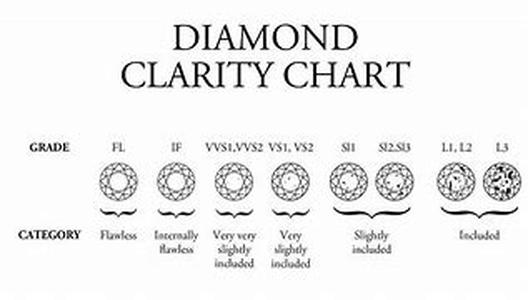
In 2006, Dr. Ing. H.c. Porsche Will Extend Its Current Product Line With The Addition Of A New 911 Turbo, The Sixth Generation Of The 911 Series. This Top-of-the-range Model Will Have Its World Premiere At The Geneva Motor Show On February 28, 2006 And As From June 24, 2006 It Will Be Available In German Dealerships.The 911 Turbo (type 997) Has A Few Improvements. It Has An Output Of 480 Bhp At 6,000 Rpm, A 3.6 Litre Engine, A Rated Torque Of 620 Nm And A Maximum Torque Available Between 1,950 And 5,000 Rpm. All These Numbers Are Translated Into Driving Performance, As The 911 Turbo With Six-speed Manual Transmission Only Needs 3.9 Seconds To Get From Zero To 100 Kmh. The Coupe Reaches 200 Kmh In 12.8 Seconds. Despite These Performance Statistics, Porsche Developers Succeeded To Keep The Averageconsumption To 12.8 Liters Per100 Km.For Those Who Need Even More Speed, The 911 Turbo Offers The Optionally Tiptronic S Automatic Transmission. This Way, It Can Reach 100 Kmh From A Standing Start In Just 3.7 Seconds And 200 Kmh In A Mere 12.2 Seconds. Both Manual And Automatic Transmissions Have A Top Speed Of 310 Kmk. Available For The First Time, The Optional Sport Chrono Package Turbo Enhances The Vehicles Flexibility Even Further. The Porsche 911 Turbo Features A Redesigned All-wheel Drive With An Electronically Controlled Multi-disc Clutch. The Result Will Be The Transfer Of The Available Power To The Road. Thats Because, Dependingon The Driving Conditions, This System Will Determine The Optimal Torque Distribution To Ensure The Best-possible Drive. Also, Porsche Traction Management (PTM) Ensures Variable Power Distribution To The Two Driven Axles. This Means That On The Road The 911Turbo Will Prove Outstanding Traction In The Rain Or Snow, High Agility On Narrow Country Roads And Optimal Active Safety Even At High Speeds.The New 911 Turbos Driving Performance Is Duly Tempered By Its Brake System, Which Comprises Monobloc Fixed-caliper Disc Brakes With Six Pistons At The Front Axle And Four At The Rear. The Diameter Of The Internallyventilated And Perforated Brake Discs At The Front And Rear Wheels Is 350 Millimeters. An Optimized Ceramic Brake System That Porsche Offers Is Porsche Ceramic Composite Brake (PCCB). This High-tech System Reduces With 17 Kilograms The Standard Brake System And Provides Anexcellent Fading Stability. The Major Bodywork Change Of The 911 Turbo Is The Modified Front End With Its Distinctive, Tautly Drawn Cooling Air Inlets. Combined With The Standard Oval Bi-xenon Headlights, It Will Define The New Unmistakable Image. From The Rear Perspective Too, The Turbo Will Seem More Powerful. This Is Duefirst And Foremost To Its Tail End, 22 Millimeters Wider Than That Of The Previous Model, To Which The Redesigned Wing Spoiler Element Has Been Aligned. Secondly, The Lateral Air Inlets Behind The Doors Have Been Redrawn And Now They Offer A More Efficient Supply Of Cooling Air To The Charge-air Intercoolers. The Basic Price For The 911 Turbo Is 115,000 Euros. In The USA, From July 8, 2006, The Vehicle Will Be Available At 122,000 (not Including Taxes).(word Count 521)PPPPP





